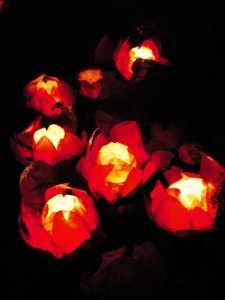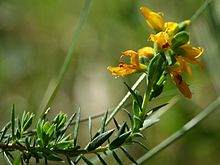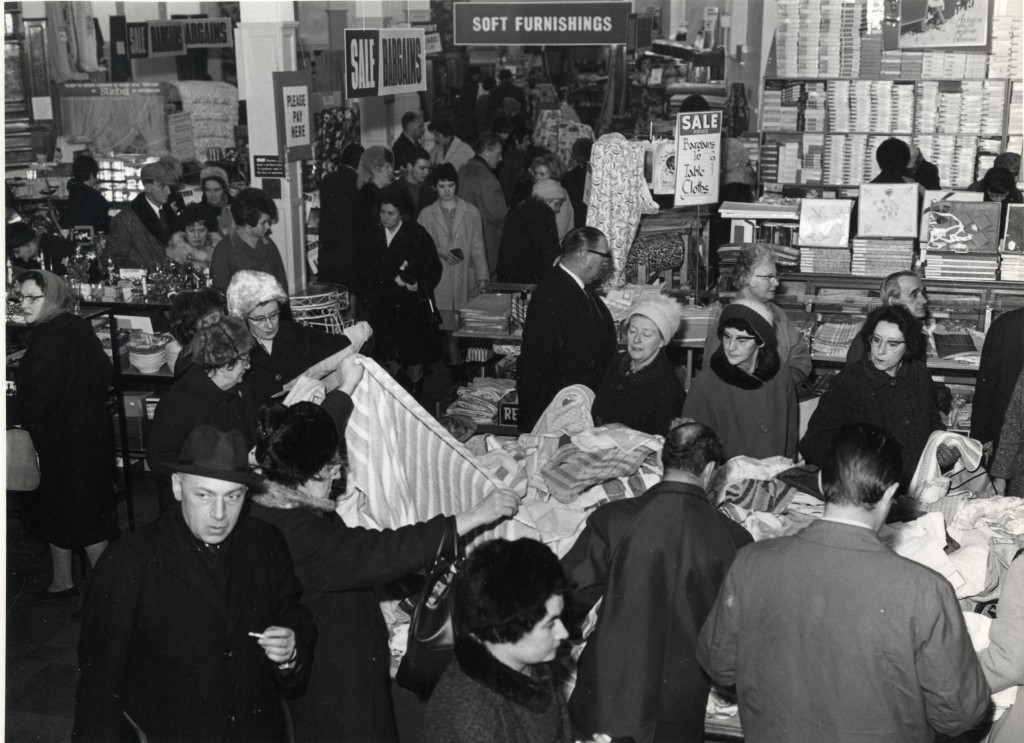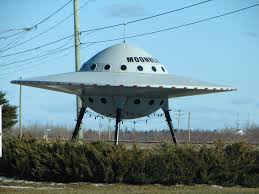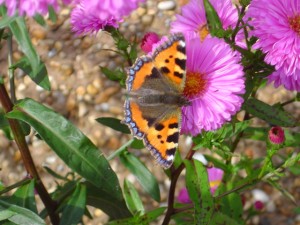It’s strange to think that, just over 100 years ago, the farms of Palmers Green were readying themselves to bring in the harvest. The fields and rural lanes may be long gone, but Palmers Green still has more green space than many parts of London. Look carefully and you will sometimes catch a glimpse of an ancient tree in a back garden that looks older than the house itself. It may well be.
The modern day character of the area is often attributed to the actions of one man – John Donnithorne Taylor. Born in 1798, Taylor was one of the famous Taylor Walker brewing family of Limehouse and acquired Grovelands on the death of his uncle, Walker Gray in 1839. Four years later, he sold out his interests in the brewery and settled to private life in the country and pursuit of his two loves, hunting and property acquisition.
Or did he? There seems to have been rather more to the story: shortly before, Taylor’s wife, Elizabeth, had left him, citing adultery. Taylor then refused to allow her to return to the marital home, and when the courts found in her favour, Taylor appears to have resigned from the company and even temporarily fled the country to avoid taking Elizabeth back.
Taylor was determined to prevent any disturbance to the sylvan surroundings and rural character of his estates (though he was quite happy to pull down the rustic cottages near The Woodman which were interrupting his view). By his death in 1885 the Grovelands estate had expanded threefold to over 600 acres, and included much of the frontage onto Green Lanes, the whole of the present day Lakes Estate and roads to the north – nearly one sixth of the borough of Southgate.
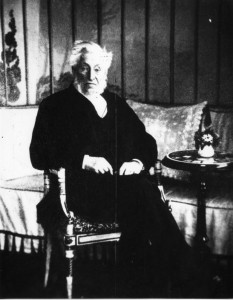
Taylor appears somewhat haughty and stern in some photographs we have of him. Certainly, Herbert Newby describes him as a strong personality. After being unable to prevent the coming of the Great North Railway, Taylor habitually snubbed Palmers Green station, instead taking a pony and trap to Colney Hatch station (now New Southgate) whenever he wanted to go into town.
Newby tells another story about Taylor’s horse being startled one day by the landlady of The Fox shaking out her carpets. Following Taylor’s remonstrations, the landlady declared she would shake her carpets when she liked. Taylor is said to have replied “Yes, but not where you like,” and promptly bought the inn, giving her notice to quit. Perhaps he mellowed, for in later years he could often be seen in a peasant’s smock digging up weeds, for all the world looking like a farm hand.
Taylor was attempting to hold back a tide stronger than he, and it was only a matter of time before the spell would be broken. On his death, his estate passed to his son, and then in 1901 to his grandson John Vickris Taylor. With London encroaching, the land was hugely valuable, and in 1902 the whole estate was put on the market in a series of lots. Some of the land was eventually bought by the Borough to become Grovelands Park, but most fell to speculative builders who began to build ‘artistic’ residences for the discerning customer wishing to escape to the fresh air of London’s northern heights.
Palmers Green was no longer, in the words of Leigh Hunt in the 1820s, a place ‘lying out of the way of innovation’. For a time, the old and the new coexisted. It must have been a strange sight, to see country people using public transport alongside smart city folk, the harvest still being gathered, and a thatched cottage still in the high street. By the first world war, Palmers Green’s transformation into a modern suburb was largely complete.
This article first appeared in Palmers Green life http://www.palmersgreenlife.co.uk/
